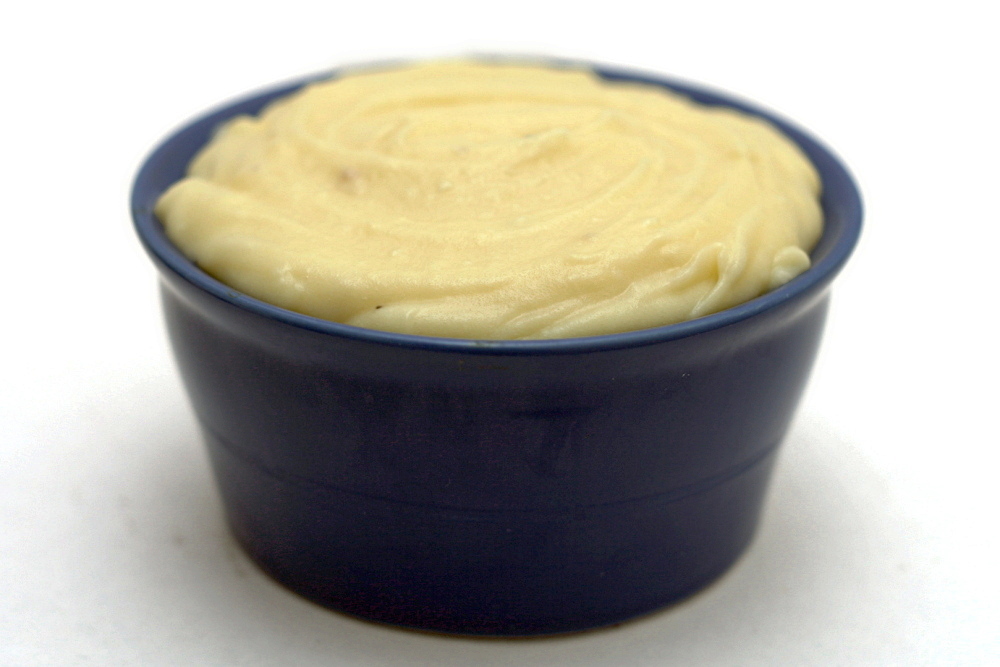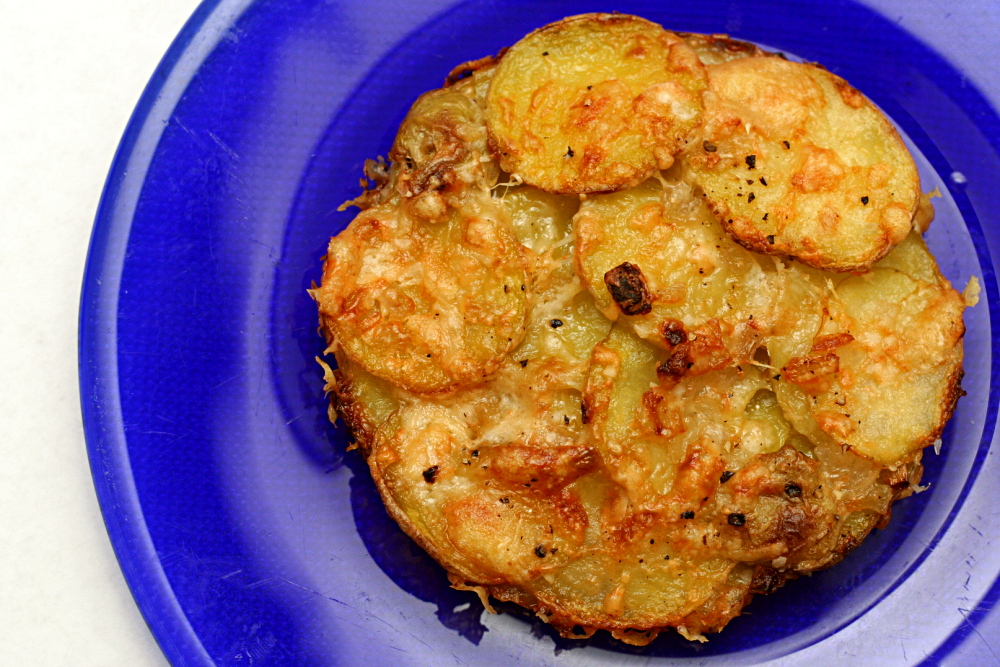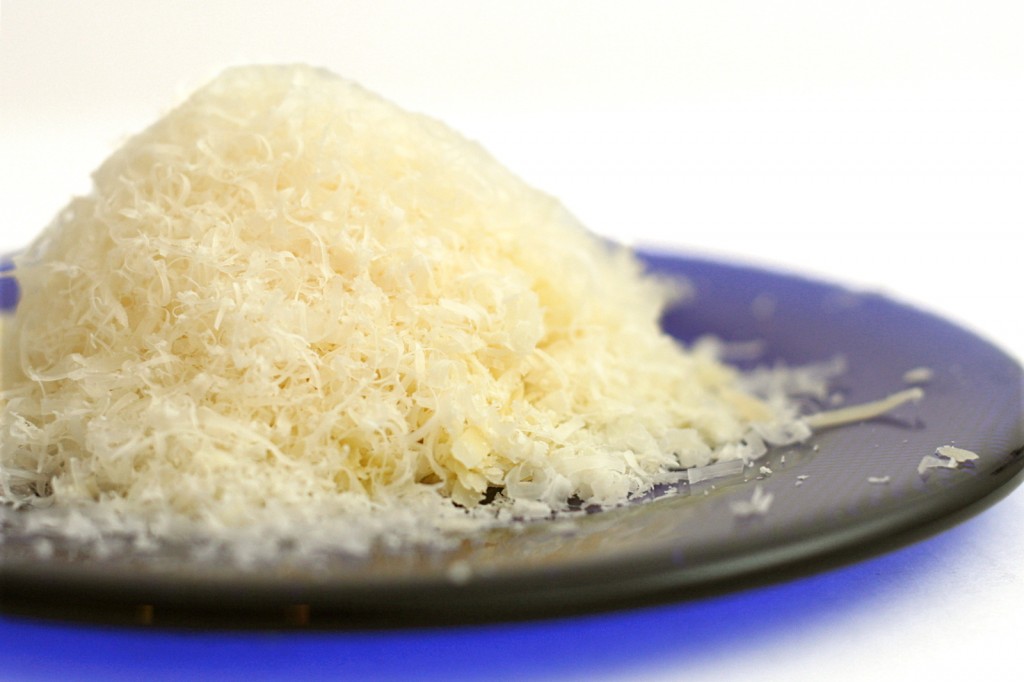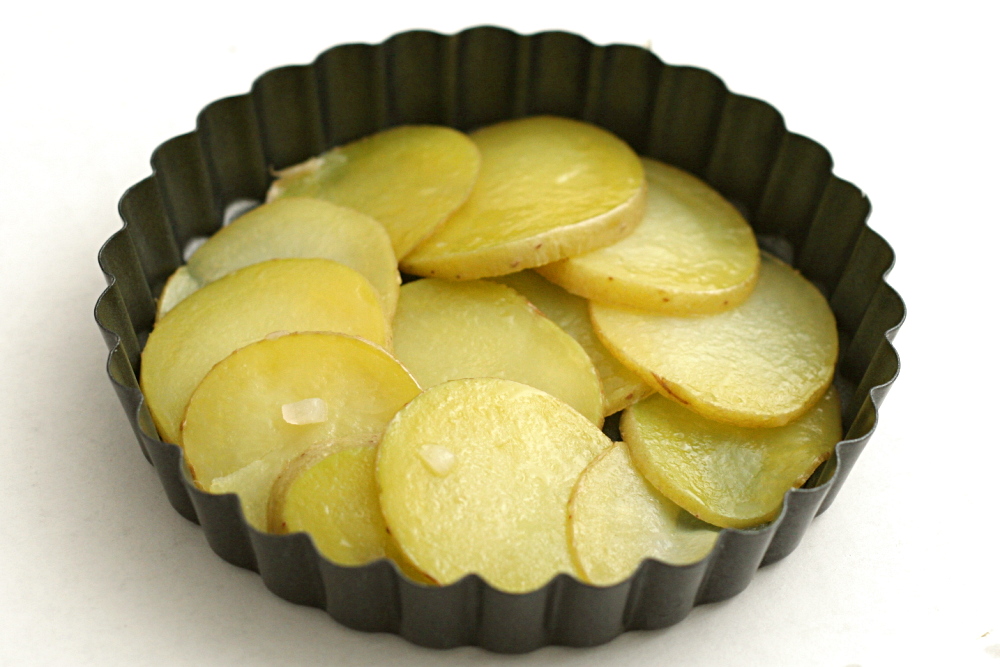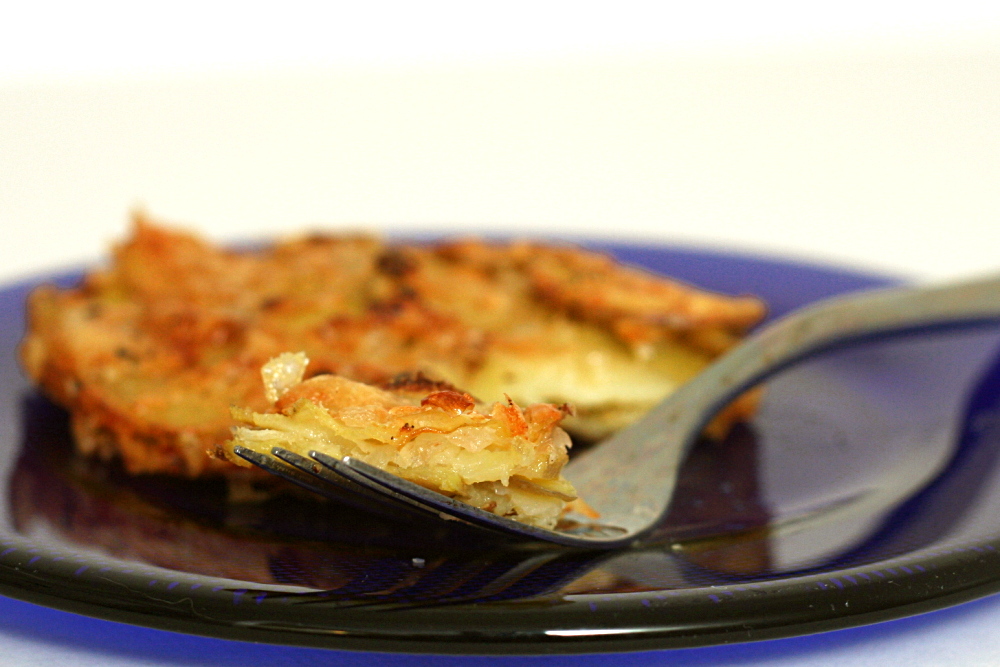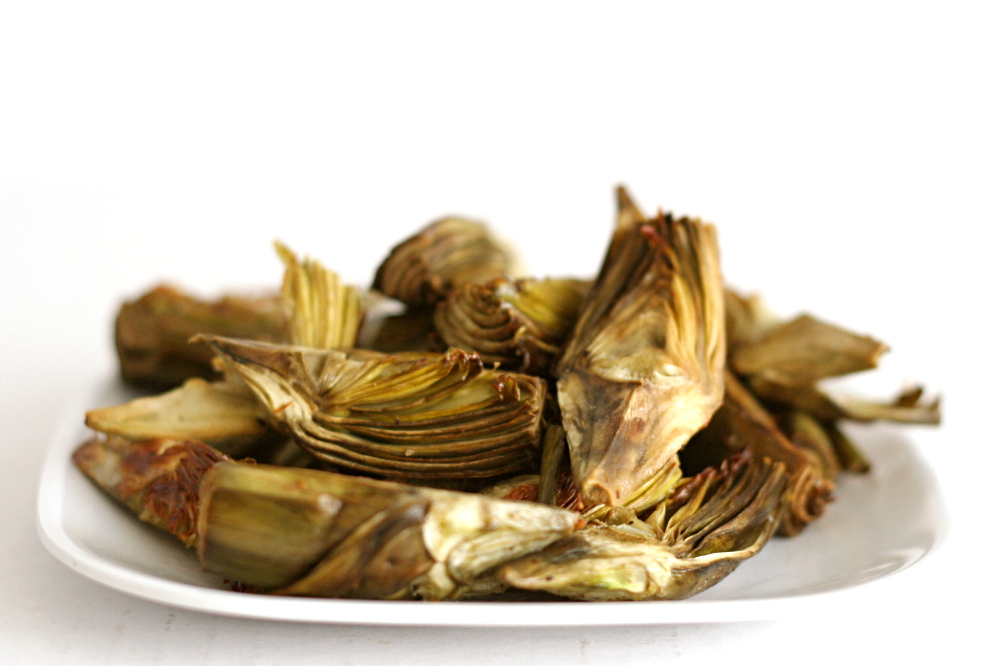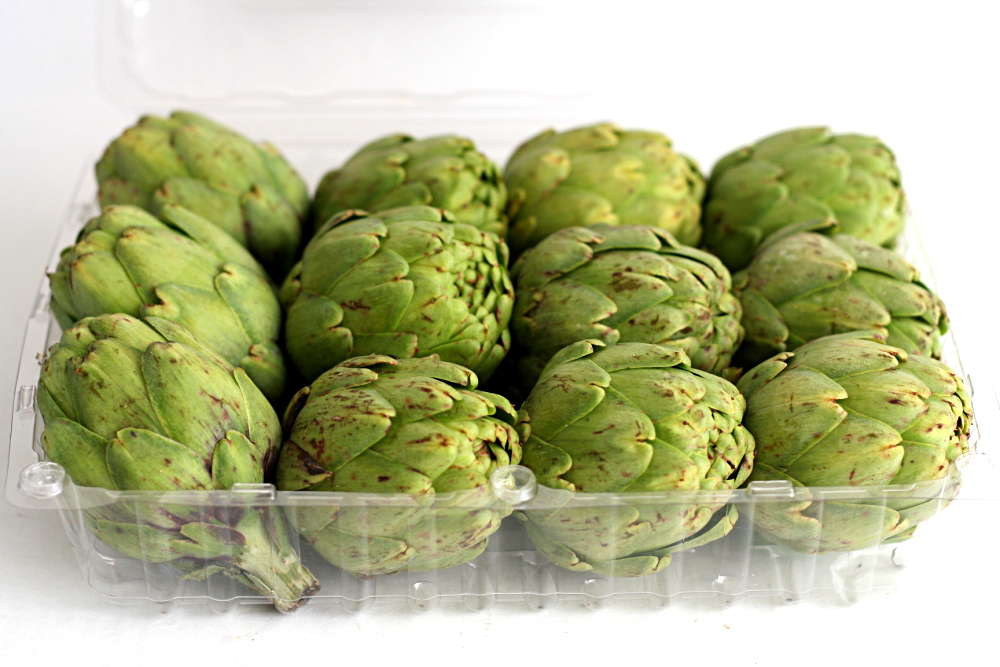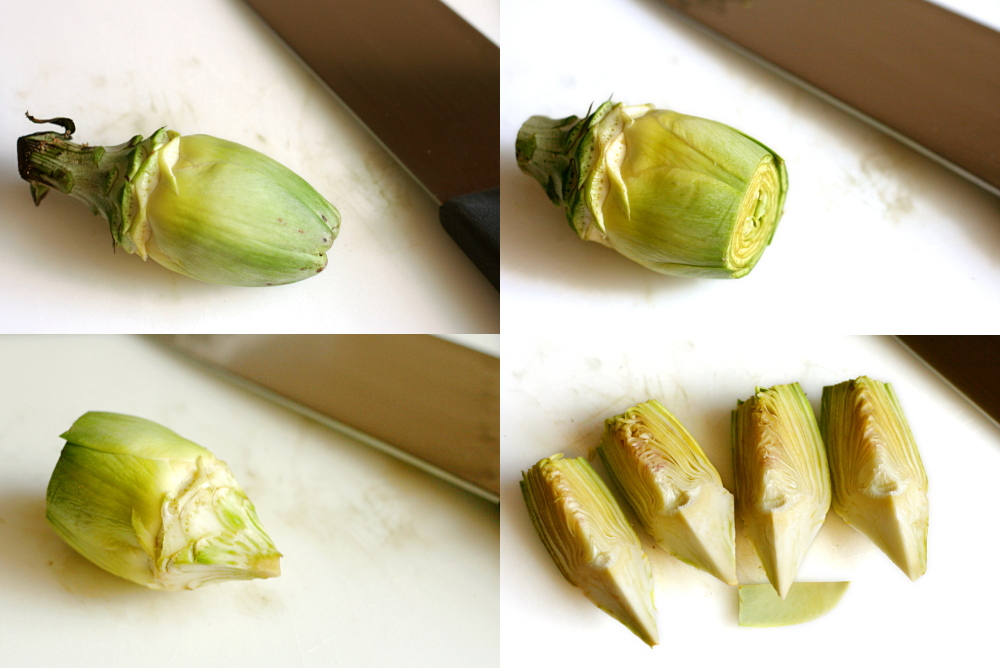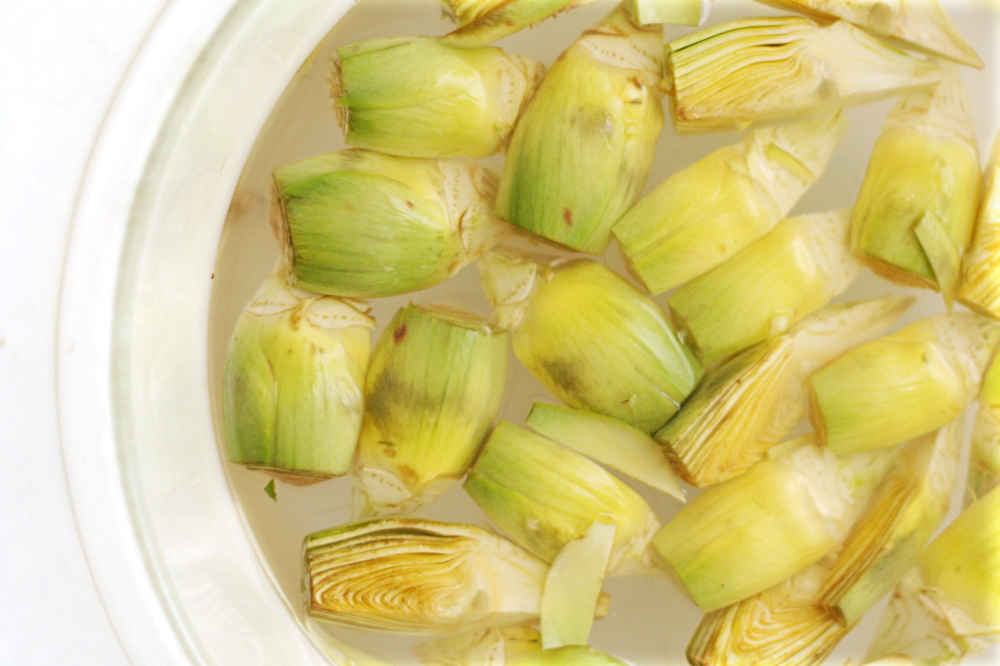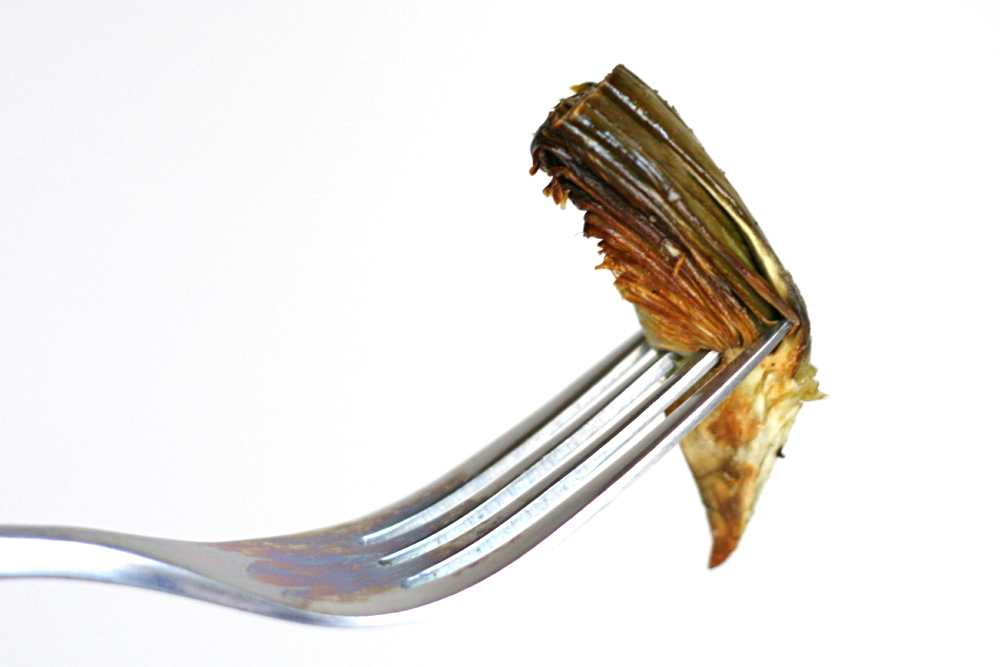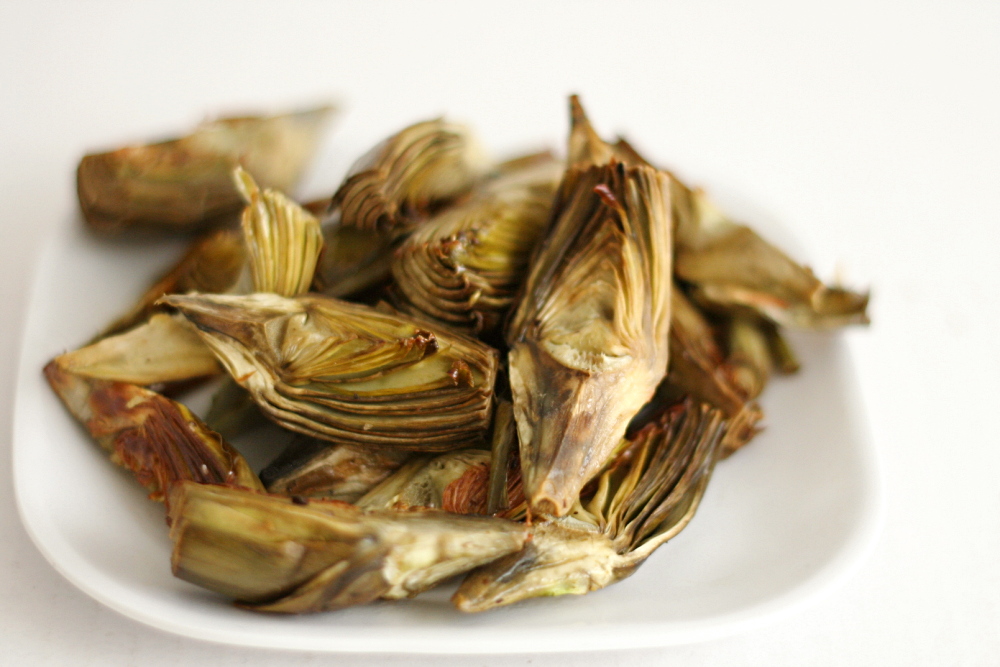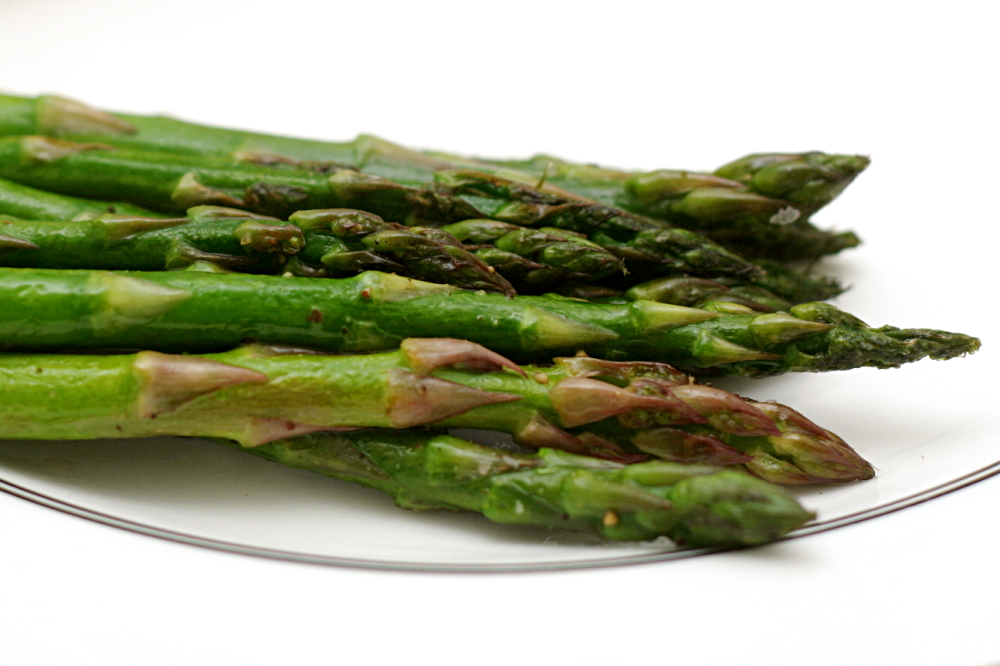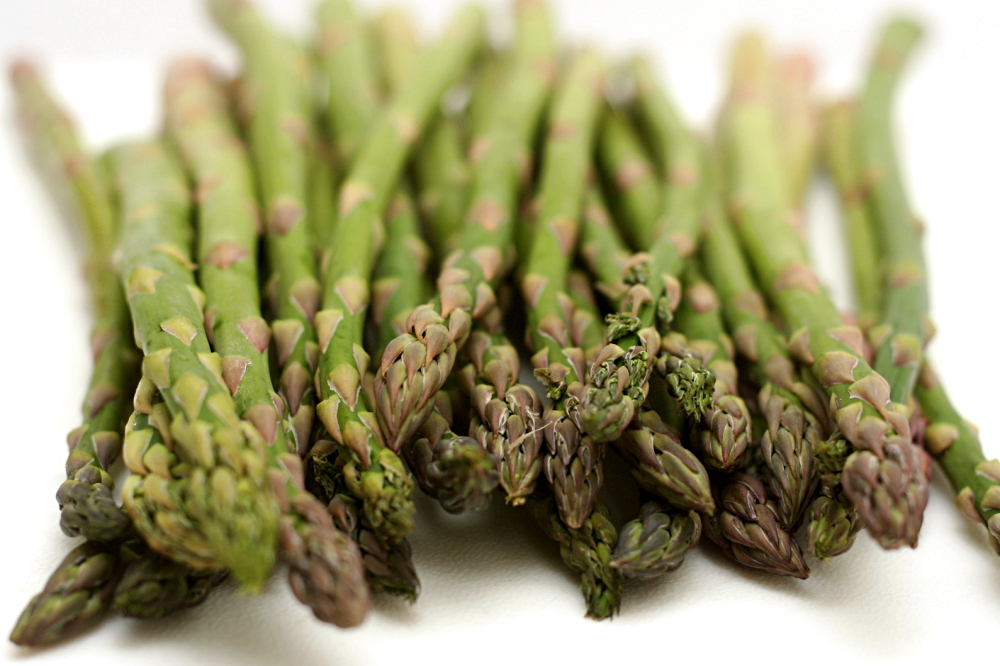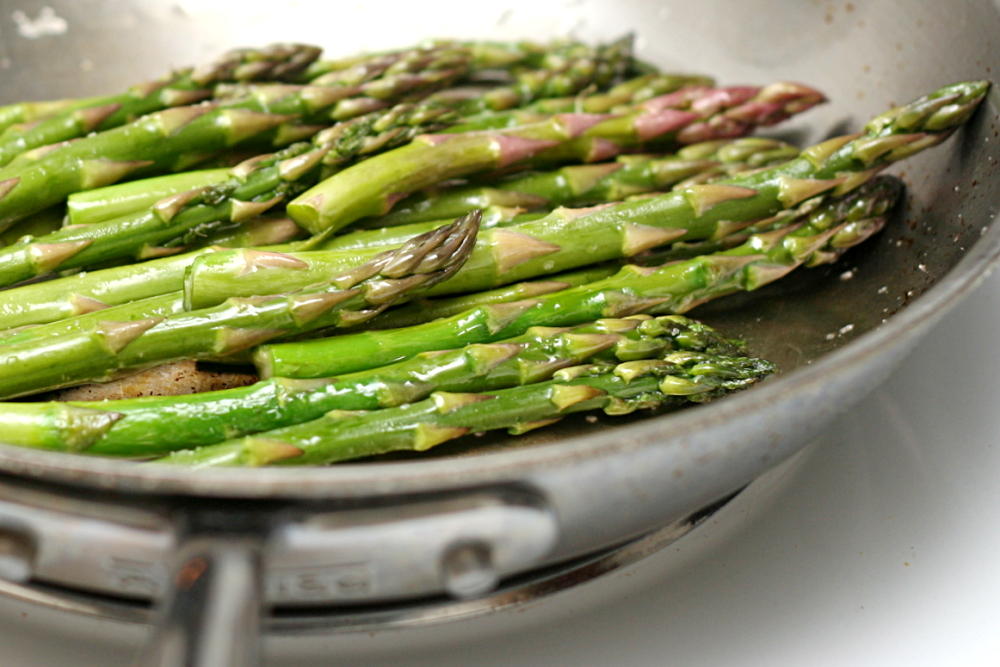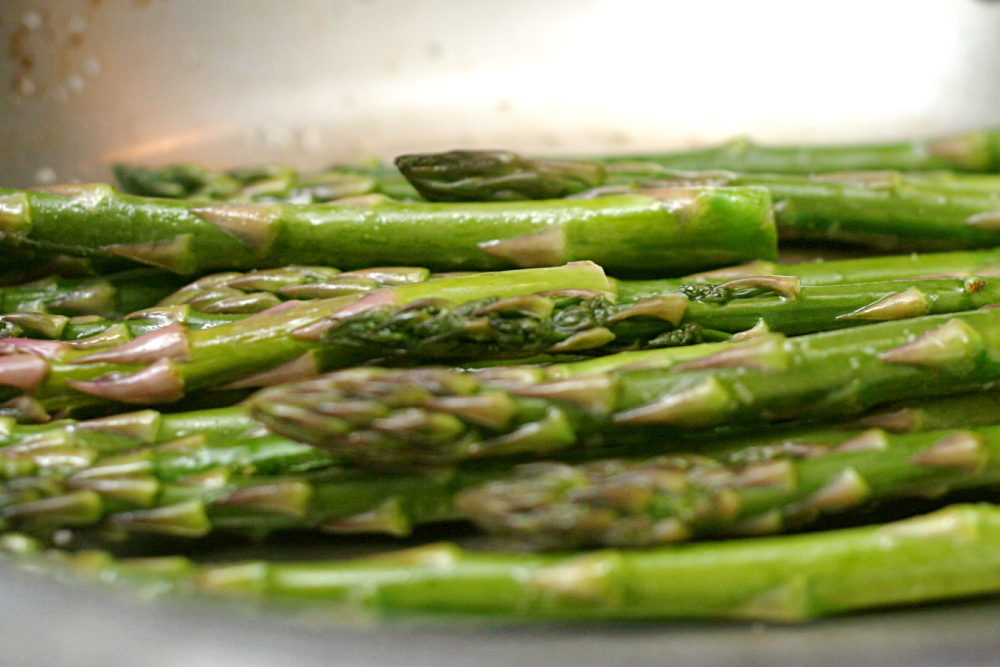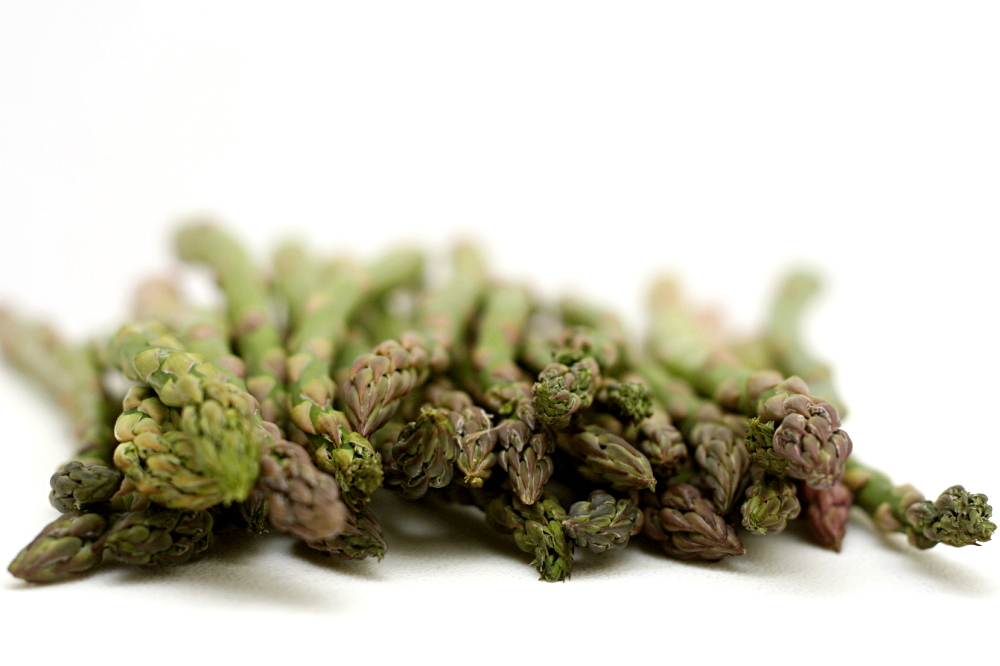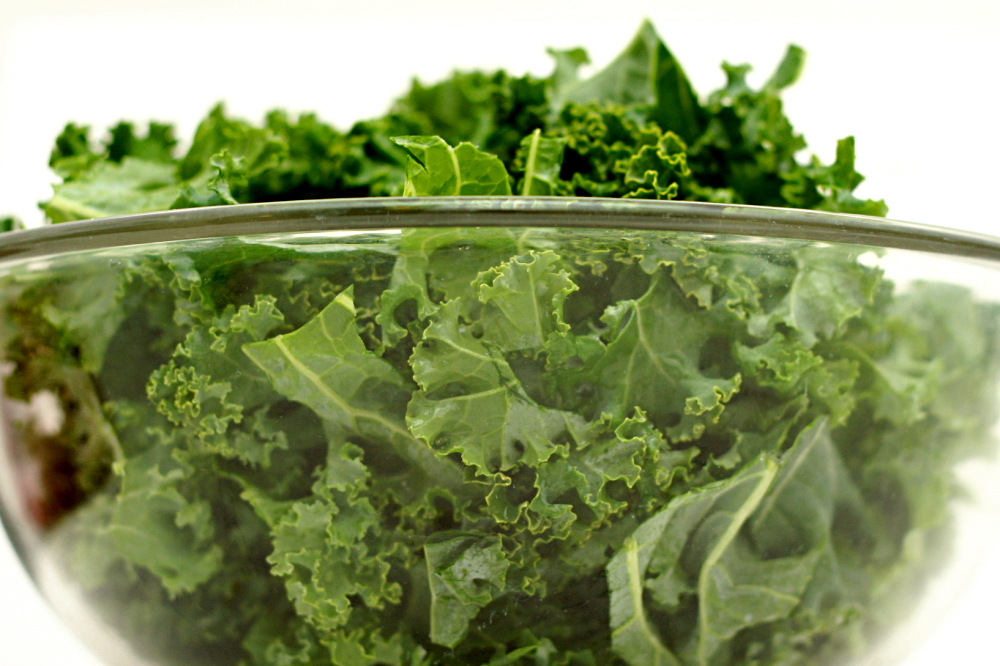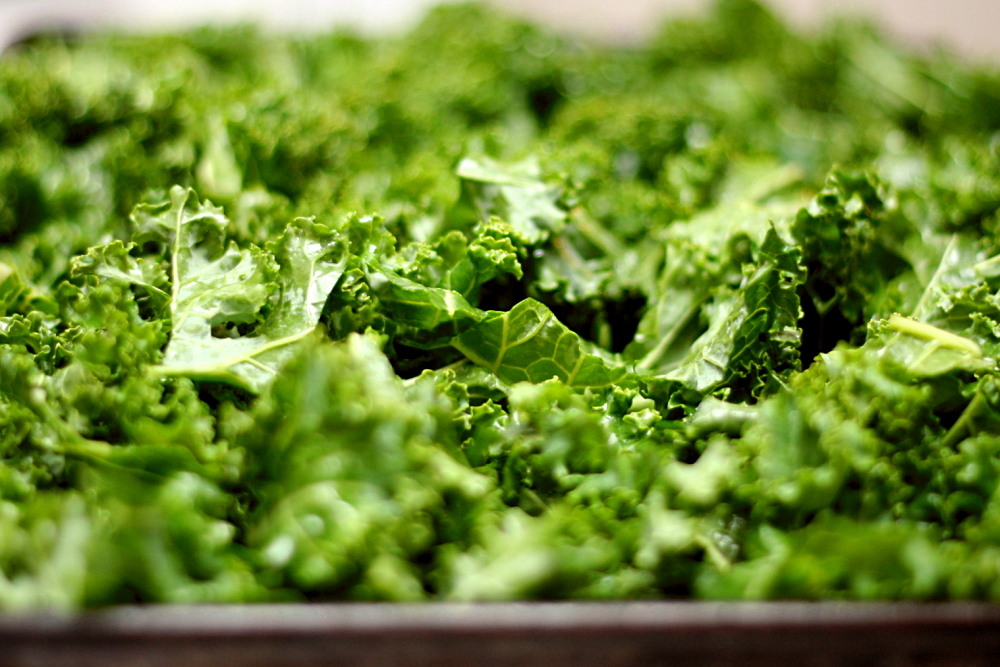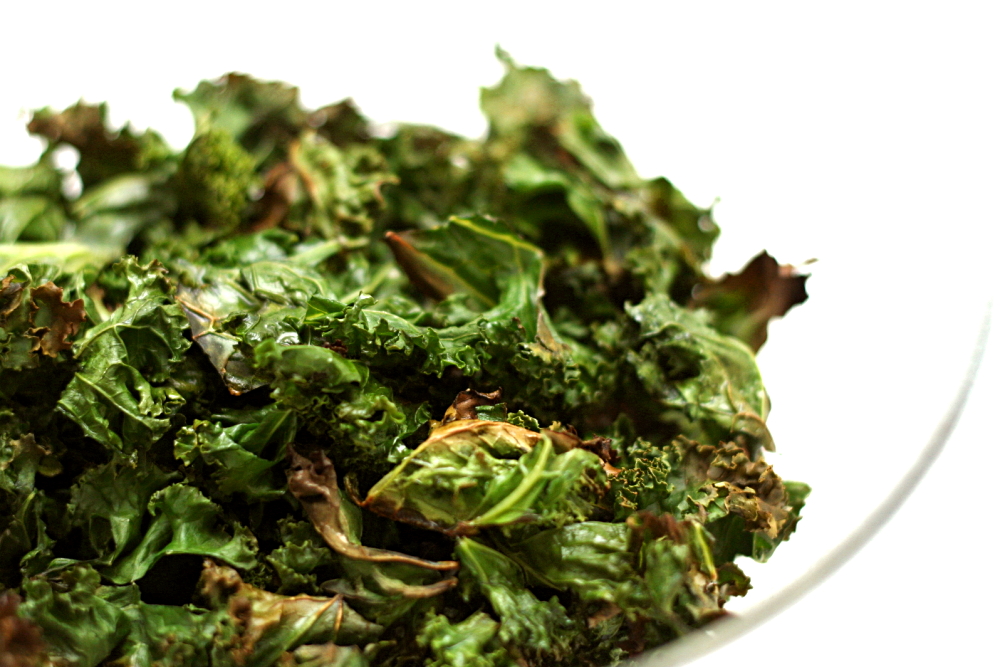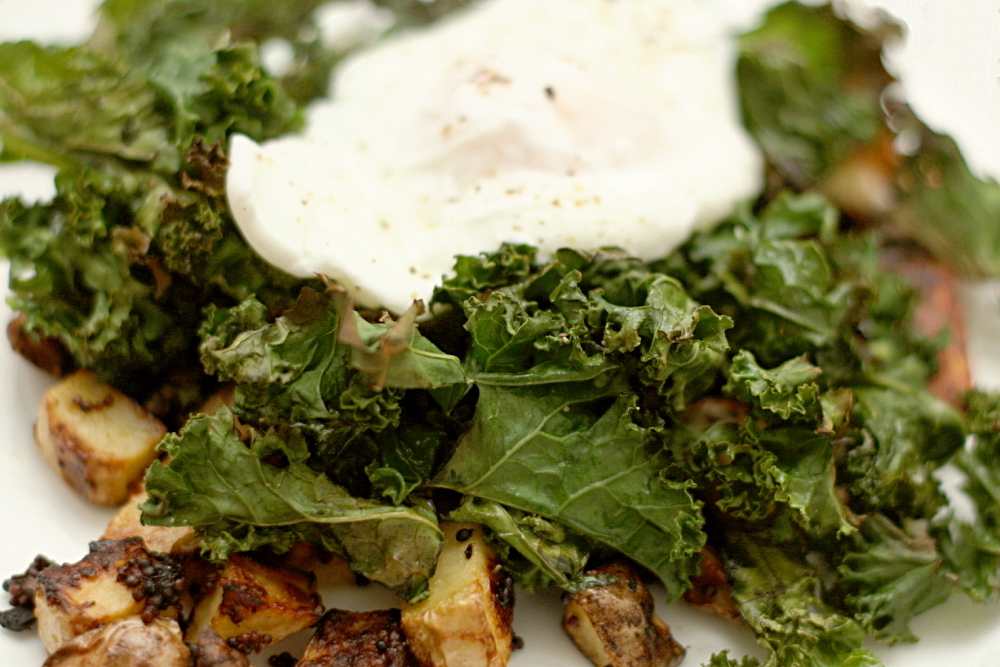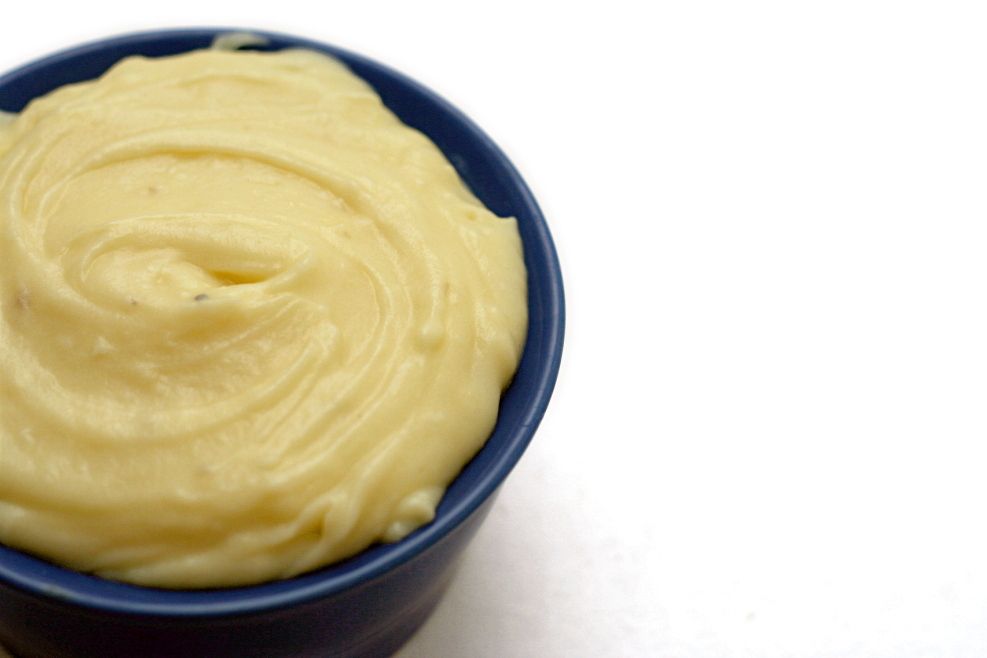
When I saw this recipe is a recent issue of Cooks Illustrated, it was immediately registered as “for special occasions only.” Seriously, I consider regular mashed potatoes fairly decadent, much less the cheese-laden variety. But then I managed to create a special occasion: Dave and I found a cheap, good bottle of Pinot Noir! In Pennsylvania even! (Don’t get me started on PA’s inane liquor laws. Drives me. Up the. Wall.)
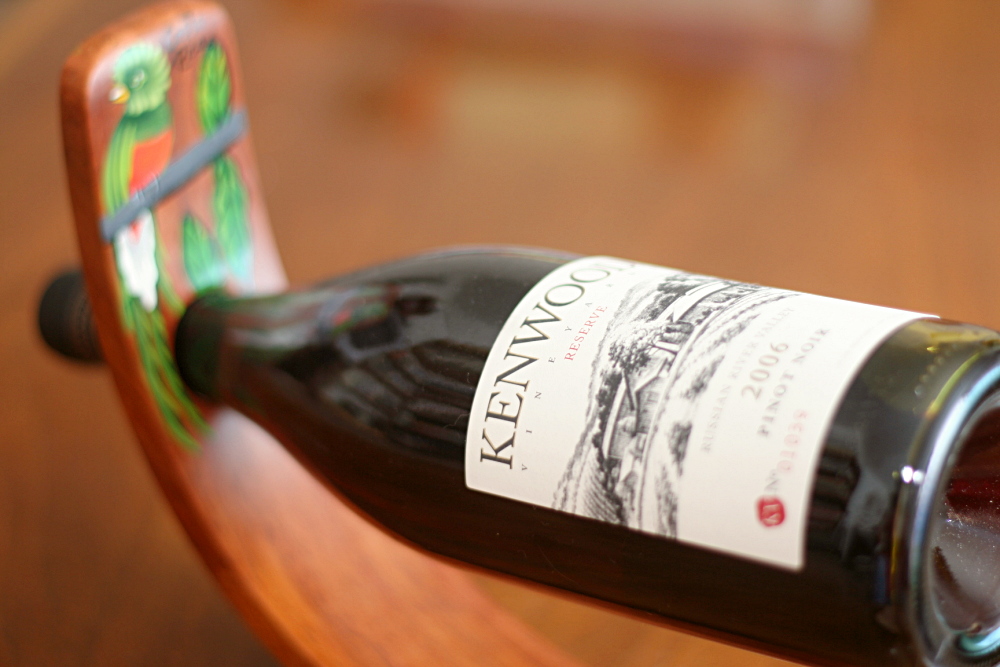
This is a great recipe for learning about the chemistry of potatoes. Have you ever heard that “mashing” boiled potatoes with a mixer will result in gluey mashed potatoes? This recipe goes one step further and processes them in the food processor. The resulting texture is fascinating – very stretchy, even before any cheese is added. Then the potatoes are mixed with garlic and milk, and shredded Gruyere (for flavor) and mozzarella (for texture) are vigorously stirred in.
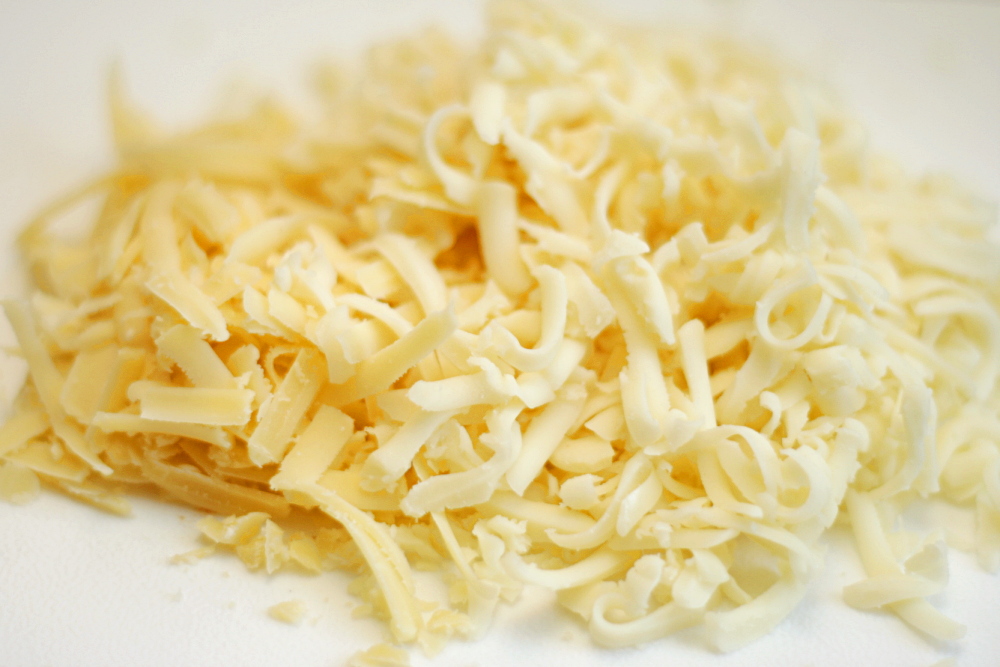
I love how little changes in technique can make such a big difference in the outcome. I’m not giving up on regular mashed potatoes, but I also enjoyed the smooth texture and rich flavor of these. It’s hard to go wrong with potatoes and garlic and cheese.
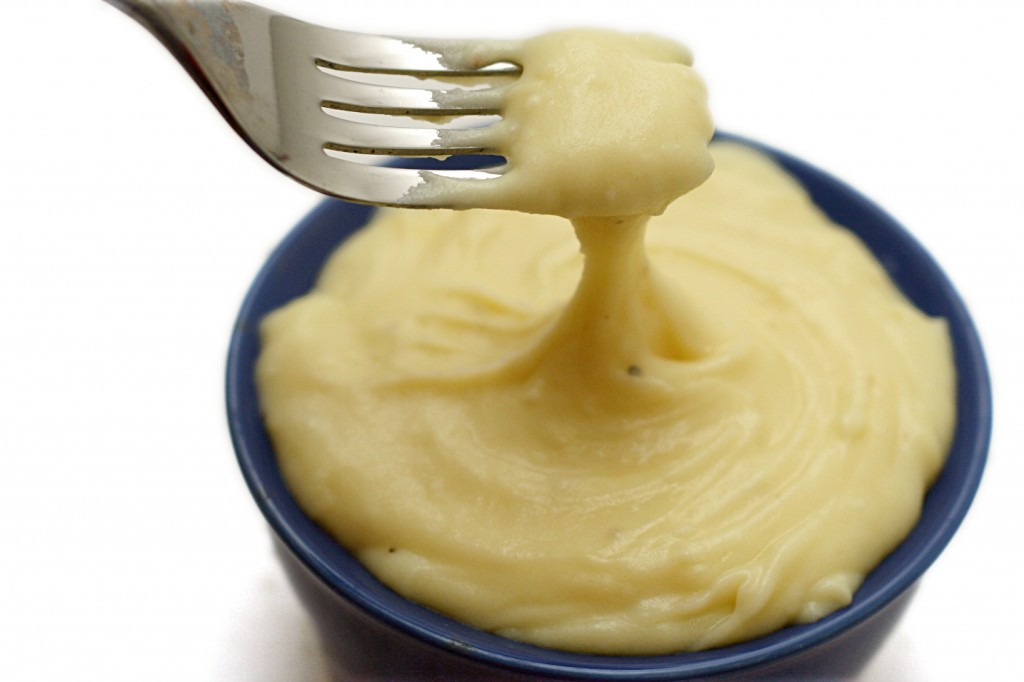
One year ago: French Chocolate Brownies
Aligot (French Mashed Potatoes) (from Cooks Illustrated)
CI note: The finished potatoes should have a smooth and slightly elastic texture. White cheddar can be substituted for the Gruyere. For richer, stretchier aligot, double the mozzarella.
My potatoes did end up too salty, so that’s something to watch out for.
2 pounds Yukon Gold potatoes (4 to 6 medium), peeled, cut into ½-inch-thick slices, rinsed well, and drained
table salt
3 tablespoon unsalted butter
2 medium garlic cloves, minced or pressed through a garlic press (about 2 teaspoons)
1-1½ cups whole milk
4 ounces mozzarella cheese, shredded (about 1 cup)
4 ounces Gruyere cheese, shredded (about 1 cup)
Ground black pepper
1. Place the potatoes in a large saucepan, add water to cover by 1 inch and add 1 tablespoon salt. Partially cover the saucepan and bring the potatoes to a boil over high heat. Reduce the heat to medium-low and simmer until the potatoes are tender and just break apart when poked with a fork, 12 to 17 minutes. Drain the potatoes and dry the saucepan.
2. Transfer the potatoes to a food processor; add the butter, garlic, and 1½ teaspoon salt. Pulse until the butter is melted and incorporated into the potatoes, about ten 1-second pulses. Add 1 cup milk and continue to process until the potatoes are smooth and creamy, about 20 seconds, scraping down the sides halfway through.
3. Return the potato mixture to the saucepan and set it over medium heat. Stir in the cheeses, 1 cup at a time, until incorporated. Continue to cook the potatoes, stirring vigorously, until the cheese is fully melted and the mixture is smooth and elastic, 3 to 5 minutes. If the mixture is difficult to stir and seems thick, stir in 2 tablespoons of milk at a time (up to ½ cup) until the potatoes are loose and creamy. Season with salt and pepper. Serve immediately.
